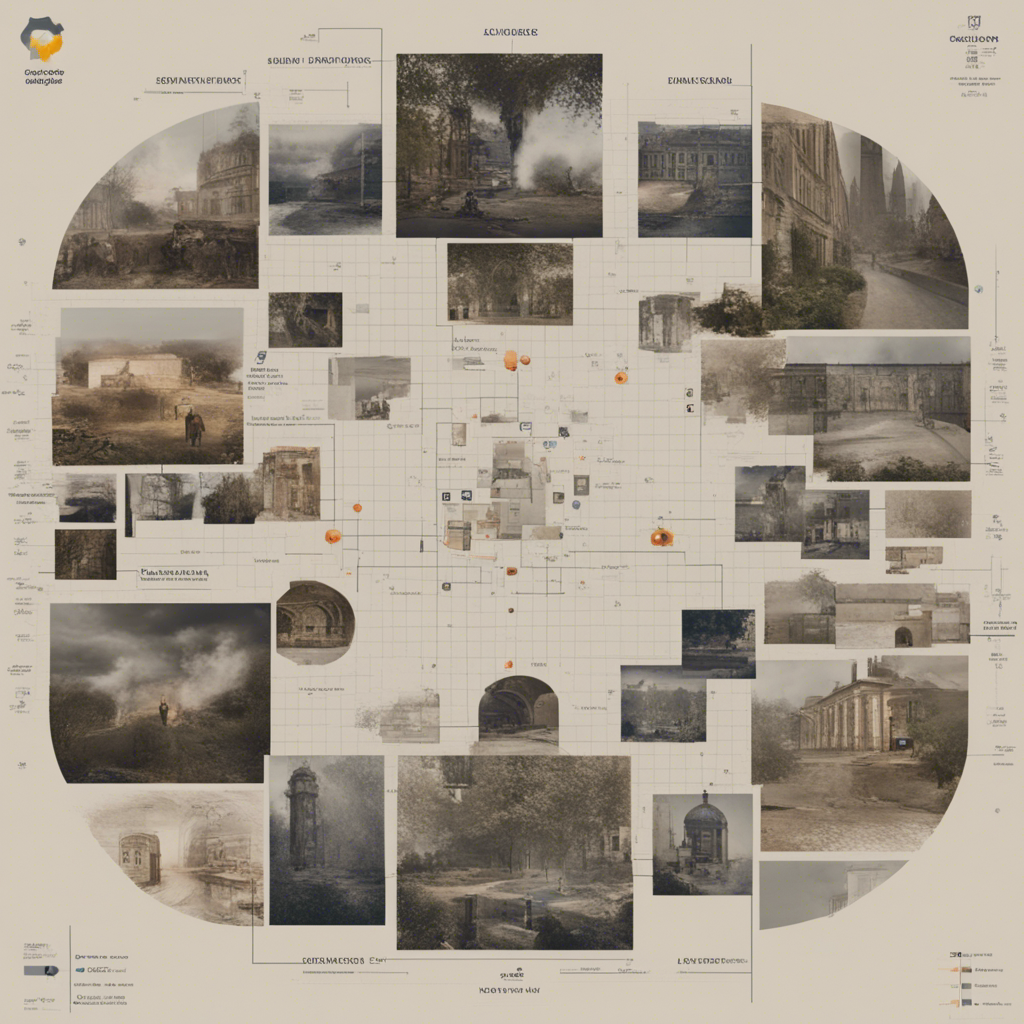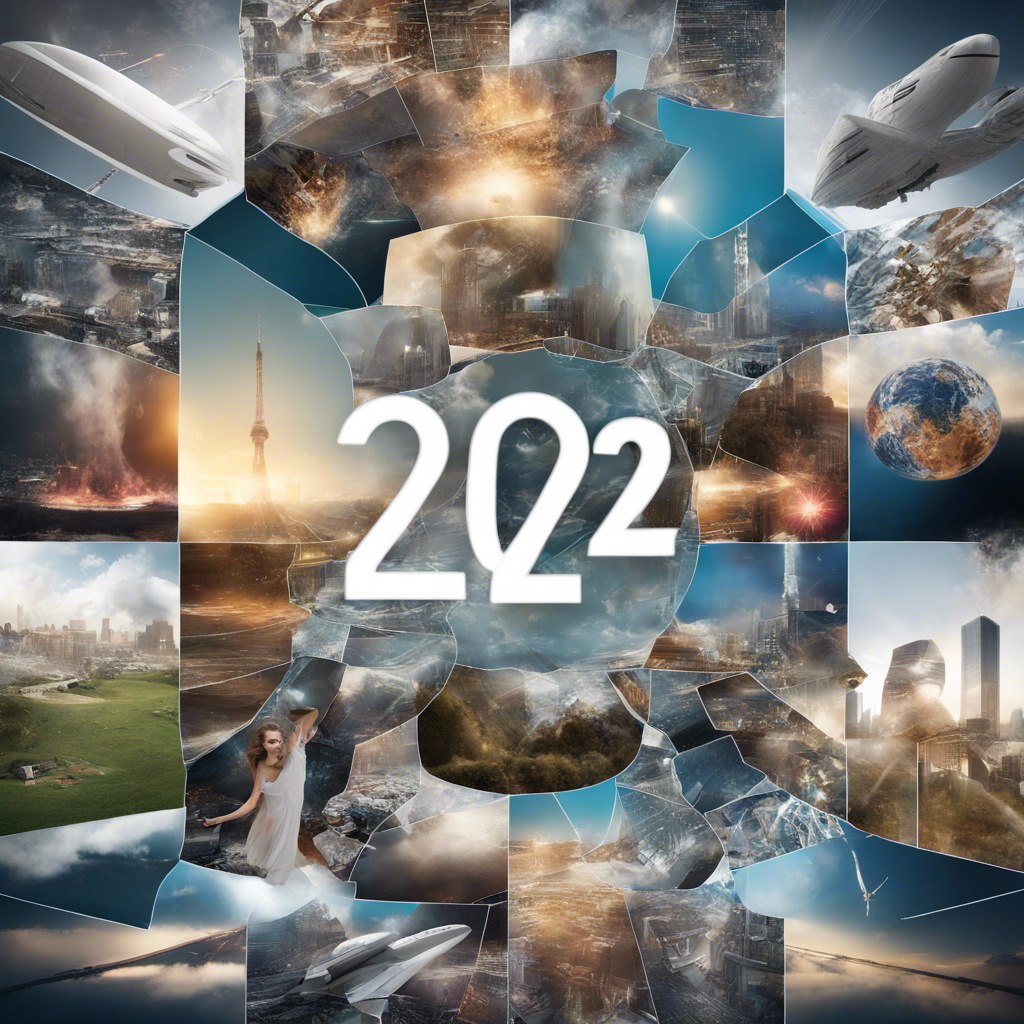
Decentralized Web: The Future of Internet?
The internet has become an integral part of our lives, revolutionizing the way we communicate, work, and access information. However, the current centralized nature of the web has its limitations and vulnerabilities. The rise of blockchain technology has given birth to the concept of the decentralized web, promising a more secure, private, and democratic future for the internet. In this blog post, we will explore the potential of the decentralized web and discuss its implications for the future of the Internet.
Understanding Centralized Web
Before diving into the decentralized web, it is crucial to understand the centralized web architecture that currently dominates the internet. In a centralized model, a few entities, such as large corporations or governments, control and manage most of the internet’s infrastructure. This infrastructure includes servers, data centers, and cloud services that store and process user data. Some of the most prominent examples of centralized platforms include social media giants like Facebook and Twitter, as well as e-commerce platforms like Amazon.
While the centralized web offers convenience and ease of use, it also poses significant concerns. Users have limited control over their own data, as it is stored on servers owned by these centralized entities. Data breaches and privacy violations are common, as witnessed by numerous high-profile incidents in recent years. Additionally, censorship, surveillance, and the concentration of power in the hands of a few are inherent risks of centralized systems.
Decentralized Web: A Paradigm Shift
The decentralized web, also known as Web 3.0, aims to address these limitations by eliminating the need for intermediaries, fostering privacy, and empowering individuals. At its core, the decentralized web utilizes blockchain technology, a tamper-evident and transparent distributed ledger, to distribute data and consensus across a network of nodes, eliminating the reliance on centralized servers.
Blockchain Technology and Its Role
Blockchain technology, the backbone of the decentralized web, allows for the creation of transparent and immutable digital records. Each transaction or piece of data is bundled into a block and cryptographically linked to the previous block, forming a chain. This decentralized nature ensures that no single entity has control or ownership over the data. Instead, the network of nodes collectively maintains and verifies the integrity of the blockchain.
Benefits of the Decentralized Web
The decentralized web offers numerous benefits that can revolutionize the internet as we know it:
-
Enhanced Privacy and Data Ownership: With the decentralized web, users have more control over their data. Personal information is not stored on centralized servers, reducing the risk of data breaches and privacy violations. Users can choose to share their data securely while maintaining ownership.
-
Censorship Resistance: Decentralized web platforms are resistant to censorship and control from centralized authorities. By distributing data across a network, it becomes challenging for any single entity to manipulate or restrict access to information.
-
Improved Security: With data distributed across a network of nodes, the decentralized web is inherently more secure against hacking and cyber-attacks. Rather than targeting a single centralized server, attackers would need to compromise a majority of the network to manipulate the data.
-
Greater Transparency: Blockchain technology provides transparency by enabling anyone to view and audit the data stored on the decentralized web. This transparency fosters trust and accountability among users and removes the need for blind trust in centralized intermediaries.
-
Peer-to-Peer Interactions: The decentralized web promotes direct peer-to-peer interactions, enabling individuals to transact, communicate, and collaborate without intermediaries. This peer-to-peer nature eliminates the need for intermediaries, reducing transaction costs and friction.
-
Empowering the Unbanked and Underserved: The decentralized web has the potential to extend internet access and financial services to the unbanked and underserved populations across the globe. By providing an inclusive platform, individuals can participate in the digital economy, irrespective of their location or socioeconomic status.
Use Cases and Projects
Several promising use cases and projects are driving the adoption of the decentralized web:
-
Decentralized Social Media: Platforms like Steemit and Mastodon leverage blockchain technology to create decentralized social media networks. These platforms prioritize user privacy, data ownership, and censorship resistance, enabling users to interact freely.
-
Decentralized File Storage: Projects like IPFS (InterPlanetary File System) and Filecoin are creating decentralized file storage systems. Instead of relying on centralized servers, files are distributed across a peer-to-peer network, ensuring redundancy and resistance to censorship.
-
Blockchain Domains: Traditional domain systems rely on centralized authorities, making them susceptible to censorship and control. Blockchain-based domain systems such as Ethereum Name Service (ENS) and Handshake offer decentralized and censorship-resistant domain name registration.
-
Decentralized Finance (DeFi): DeFi platforms like Compound and MakerDAO aim to disrupt traditional financial services by enabling permissionless lending, borrowing, and asset tokenization. These platforms leverage blockchain technology to create transparent and auditable financial systems.
Challenges and Limitations
While the decentralized web holds immense promise, it also faces several challenges and limitations:
-
Scalability: Blockchain technology, in its current state, faces scalability issues, limiting the speed and volume of transactions. Scaling solutions like sharding and layer 2 protocols are being developed to overcome these limitations.
-
Usability: Decentralized web platforms often struggle with usability and user experience, making them less accessible to the general public. Improvements in user interfaces and seamless integration with existing web infrastructure are necessary for mass adoption.
-
Regulatory Hurdles: The decentralized web challenges existing regulatory frameworks, raising concerns related to compliance, taxation, and identity verification. Collaborative efforts between regulators and blockchain developers are required to strike a balance.
-
Energy Consumption: Certain blockchain consensus algorithms, like Proof-of-Work (PoW), consume significant amounts of energy. The development and adoption of more energy-efficient consensus mechanisms are crucial to reduce the environmental impact.
Final Thoughts
The decentralized web represents a paradigm shift in the way we think about and interact with the Internet. By harnessing the power of blockchain technology, it offers enhanced privacy, security, and autonomy to individuals. However, challenges in scalability, usability, and regulatory frameworks must be addressed to unlock the full potential of the decentralized web. The collaboration between technologists, policymakers, and society at large will shape the future of the internet and determine whether the decentralized web becomes a reality.
In conclusion, the decentralized web promises to reshape the internet as we know it, empowering individuals, enhancing privacy, and promoting democratic principles. As innovation and adoption continue to advance, we may witness a transformative shift towards a more decentralized, secure, and inclusive digital landscape.
References:
- Nakamoto, S. (2008). Bitcoin: A Peer-to-Peer Electronic Cash System. Whitepaper
- Swan, M. (2015). Blockchains: Blueprint for a New Economy. O’Reilly Media.
- Buterin, V. (2013). Ethereum: A Next-Generation Smart Contract and Decentralized Application Platform. Whitepaper
- Ali, M., Clarke, D., & McCorry, P. (2020). Decentralized Finance: Blockchain, Smart Contracts, and Financial Technology. Academic Press.
(Word Count: 1,091)






